
Infographic: Pacific Northwest Hops in 2022
As the harvest gets under way, here’s a visualization of the latest USDA estimates for this year’s hop crop in the Northwest.
Showing 301-320 of 824 articles

As the harvest gets under way, here’s a visualization of the latest USDA estimates for this year’s hop crop in the Northwest.
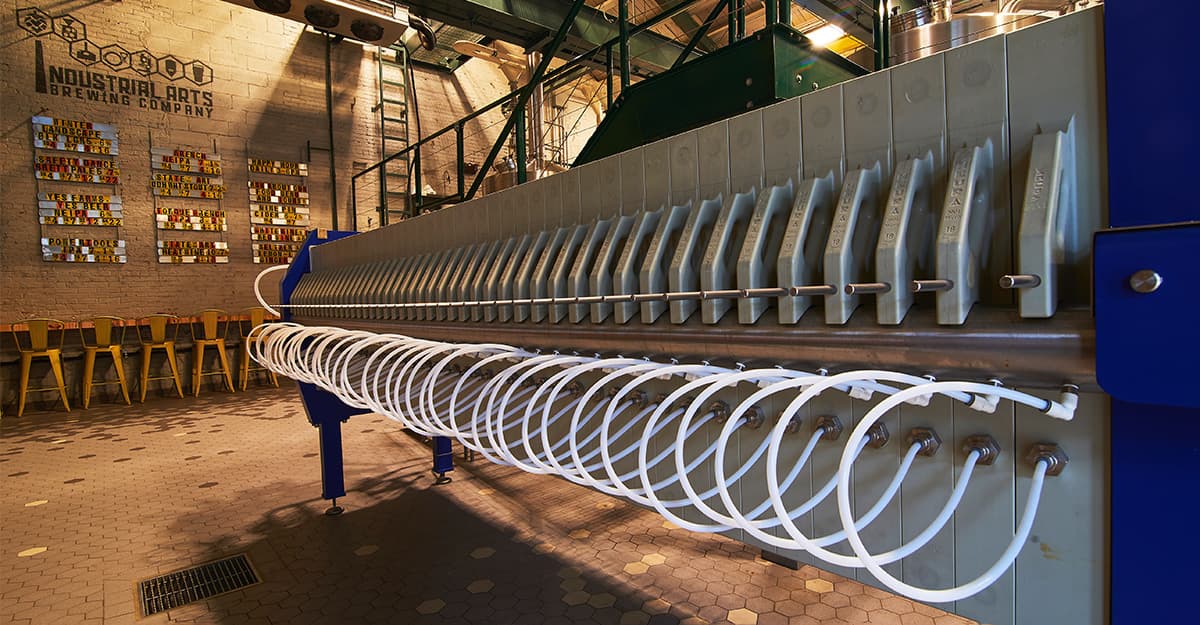
While not without its costs, a mash filter press can dramatically increase efficiencies and lower costs. It can also open the door to some unusual beers that would be challenging or impossible with a typical lauter tun.
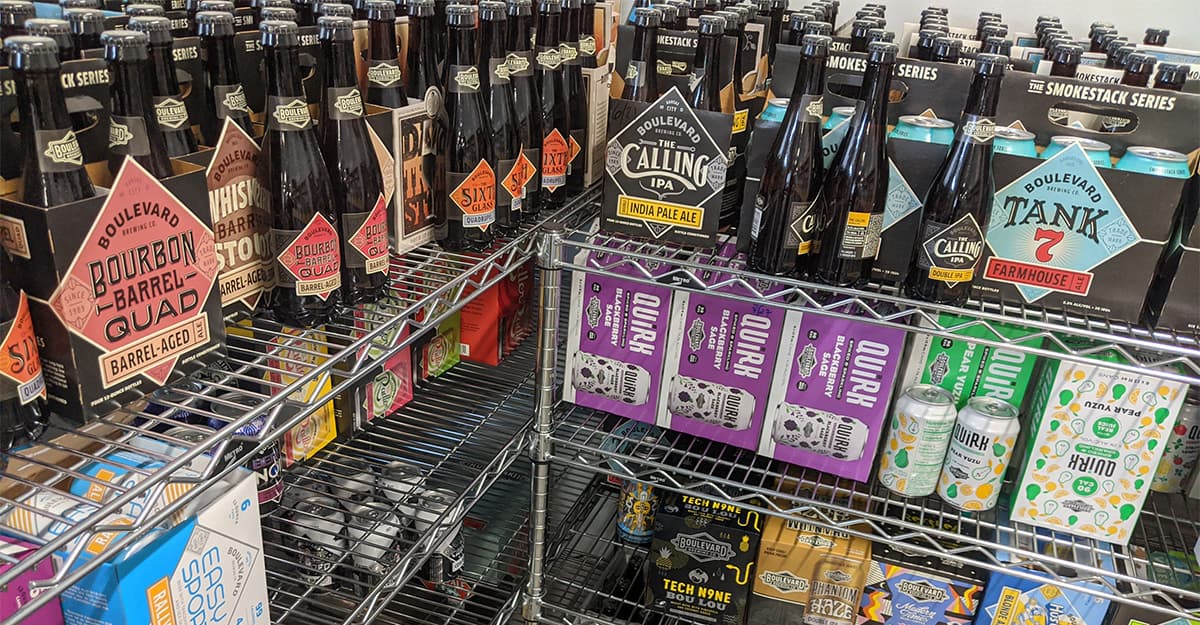
From quality control to recipe tweaks to pulling out those vintage bottles for a special occasion, there is real value in systematically keeping old beers around for later reference.
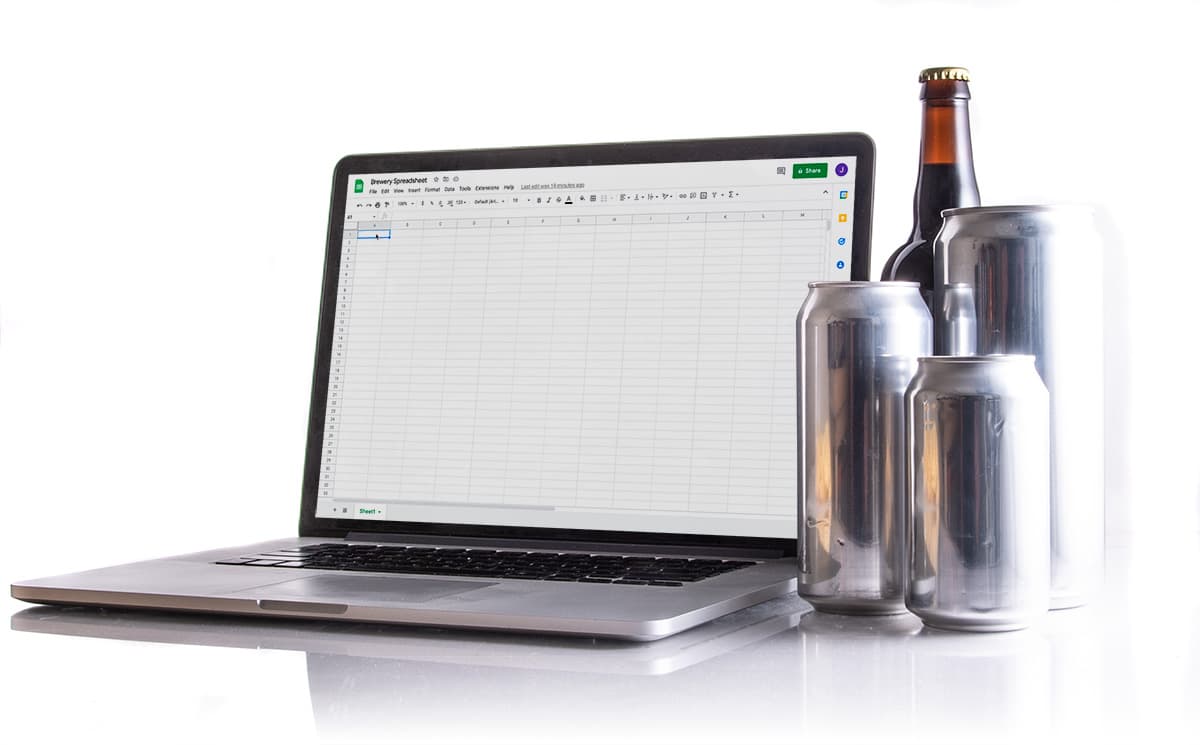
When efficiency and smart investment are top priorities, it’s time to make sure your brewery’s tech suite—from inventory to sales—delivers.

From THC in the taproom to festgoers at FoBAB, here are some recent news and announcements from around the industry.
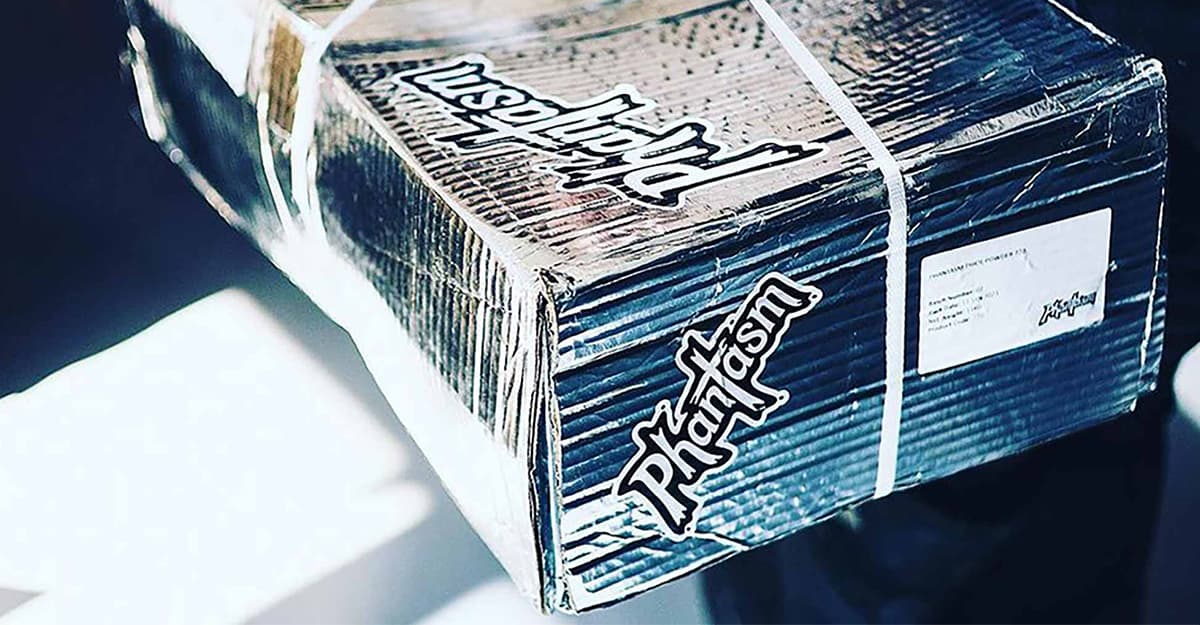
In the last of a three-part series focused on hop-related products that weren’t available to 20th century brewers, Stan Hieronymus examines the potential of a powder made from grape skins.

CO2 prices are spiking, allotments are limited, and suppliers don’t expect the shortage to let up until late fall at the earliest. Is it time to consider shifting to nitrogen in the cellar? Boston’s Dorchester Brewing offers an example and some guidance.

For a smaller brewery ready to improve data collection and quality control, the idea of adding a lab or dedicated staff may seem out of reach. However, there are real steps that any brewery can take to help ensure quality—and many cost little or nothing.

You’re probably familiar with the Brewer’s Association’s annual list of top 50 craft breweries by volume. In this infographic that we update annually, track those breweries’ ups and downs from year to year.
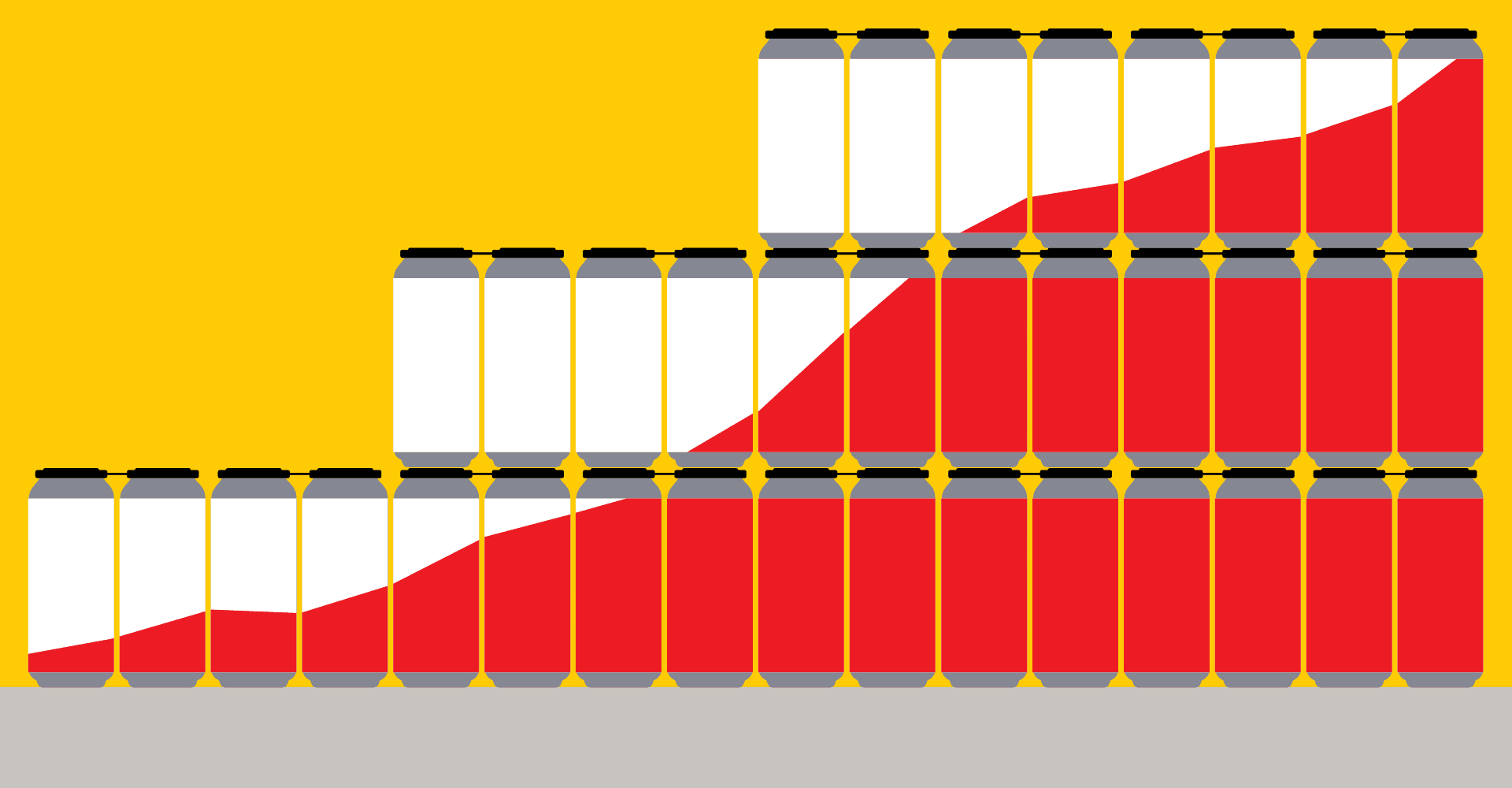
From packaging mix to vendor contracts, here are areas that deserve breweries’ attention when margins are shrinking and every dollar counts.
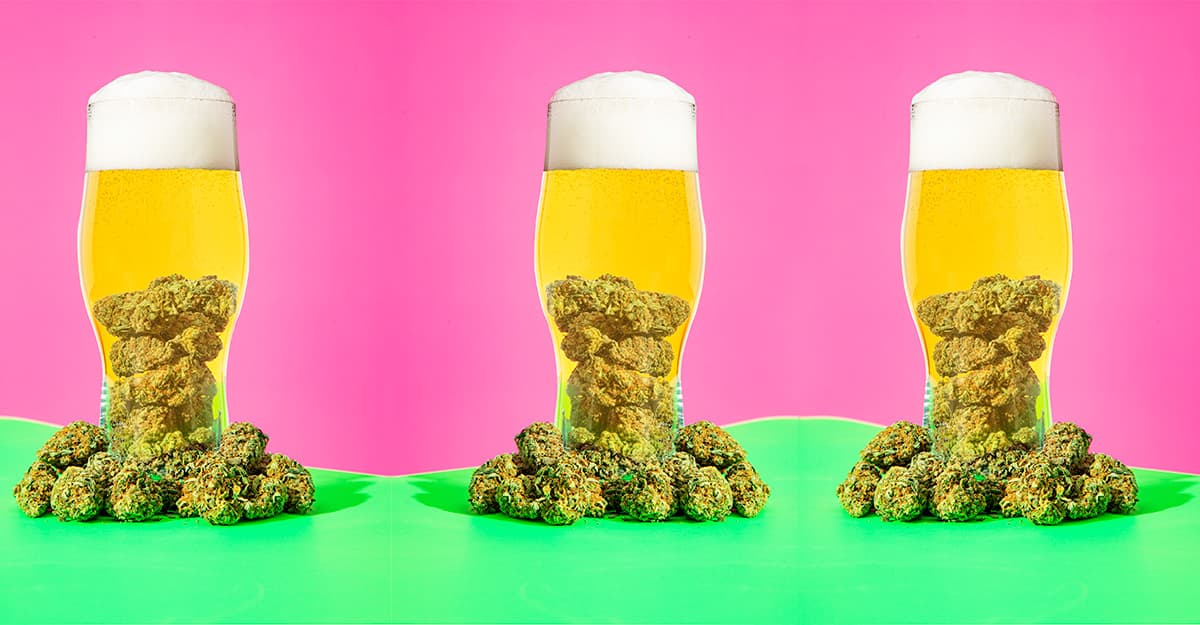
Legal hurdles aside, there are technical obstacles to getting the main psychoactive component of cannabis into beverages in a stable, predictable way. John M. Verive explains the challenge, the science, the gear—and why it’s coming to a brewery near you.

As large-scale, destination beer festivals emerge from COVID hiatuses, they are encountering a different competitive and economic landscape from just a few years ago.
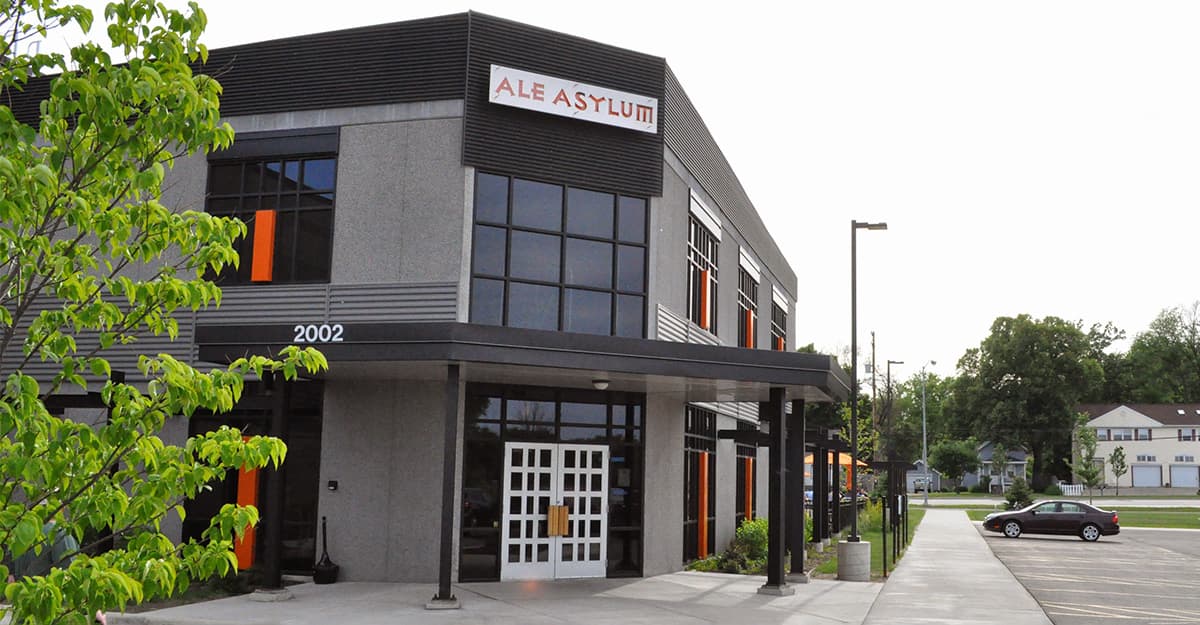
From software price hikes and CO2 scarcity to electrolytes and THC, here is a roundup of some recent news and announcements from around the industry.

In the second of a three-part series focusing on hop products that weren’t available to 20th century brewers, Stan Hieronymus examines a few of the many alternatives that may boost the bottom line as well as help ensure aroma and flavor quality.
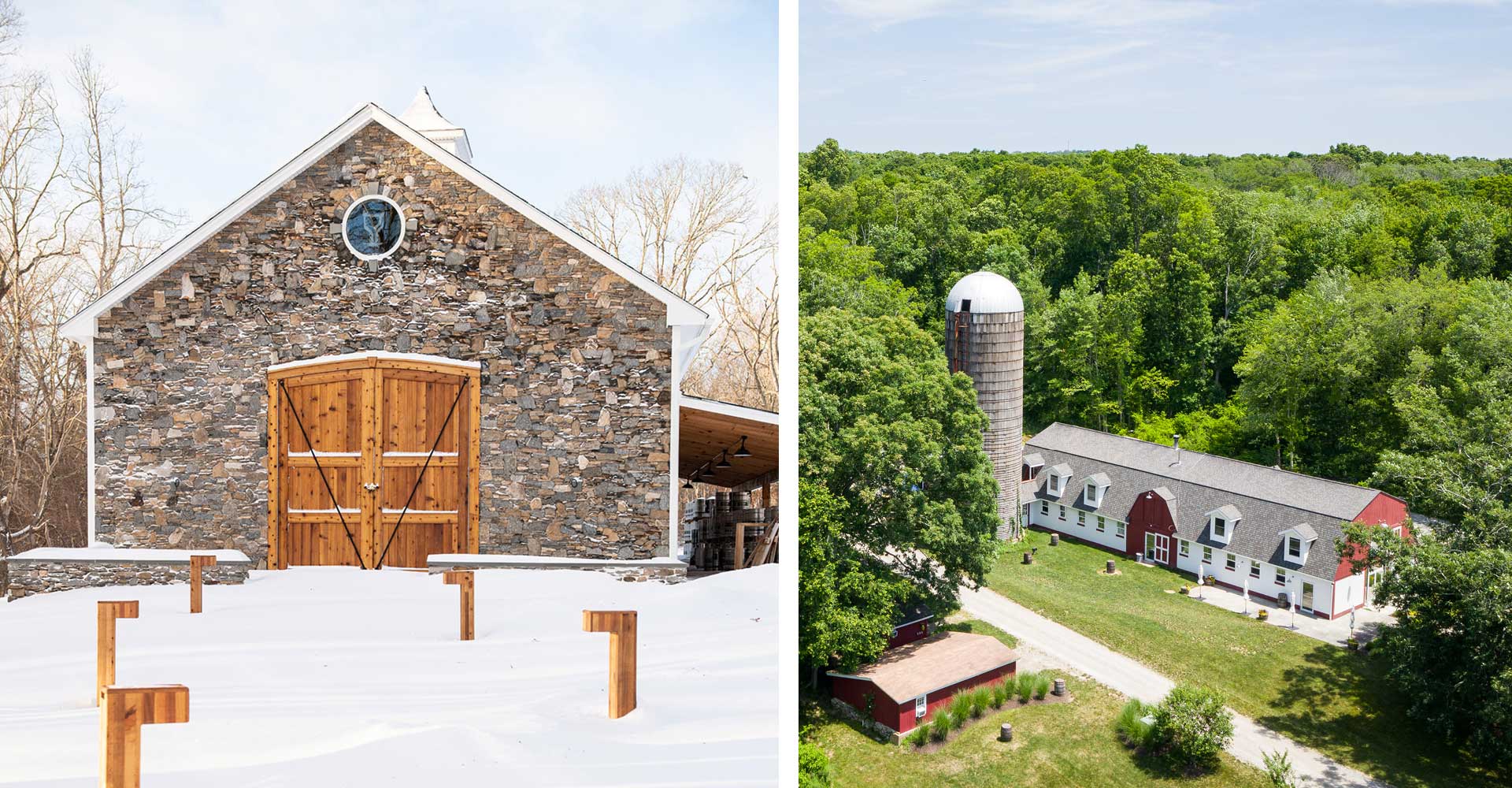
In rural New England, Fox Farm Brewery is sticking to its winning formula: Create a peaceful, welcoming customer experience and studiously make the kinds of traditional beers that the team likes best.
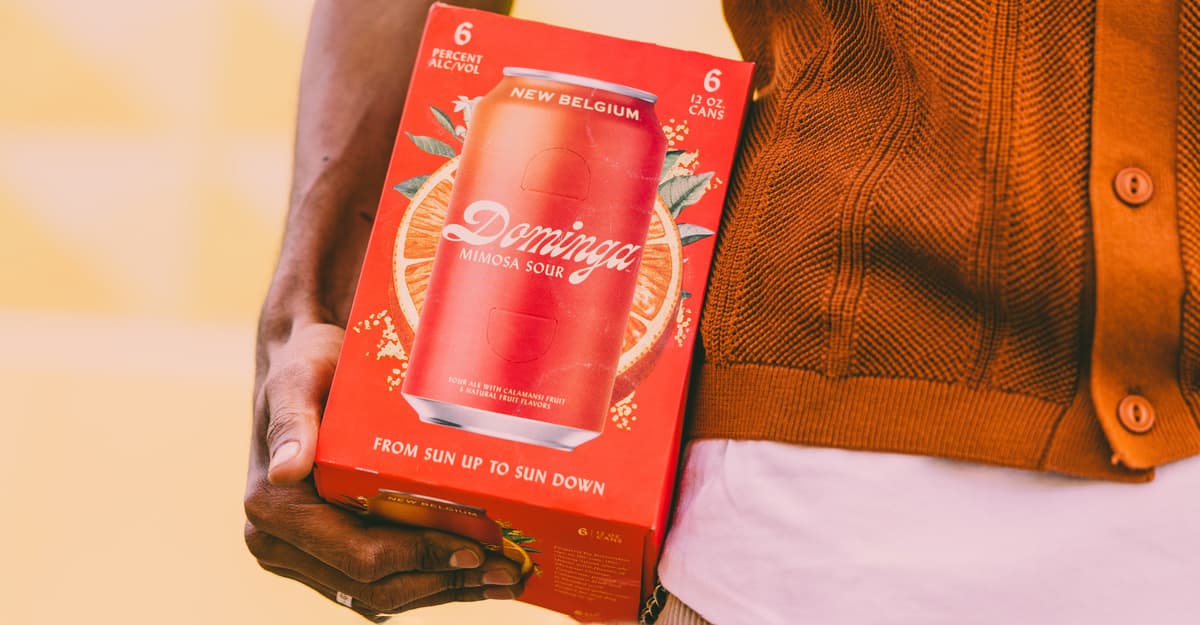
You don’t have to join ’em to beat ’em. Trends in flavored malt beverages, canned cocktails, and even nonalcoholic products suggest new ways to develop and market beer that connects with today’s exploratory drinkers.
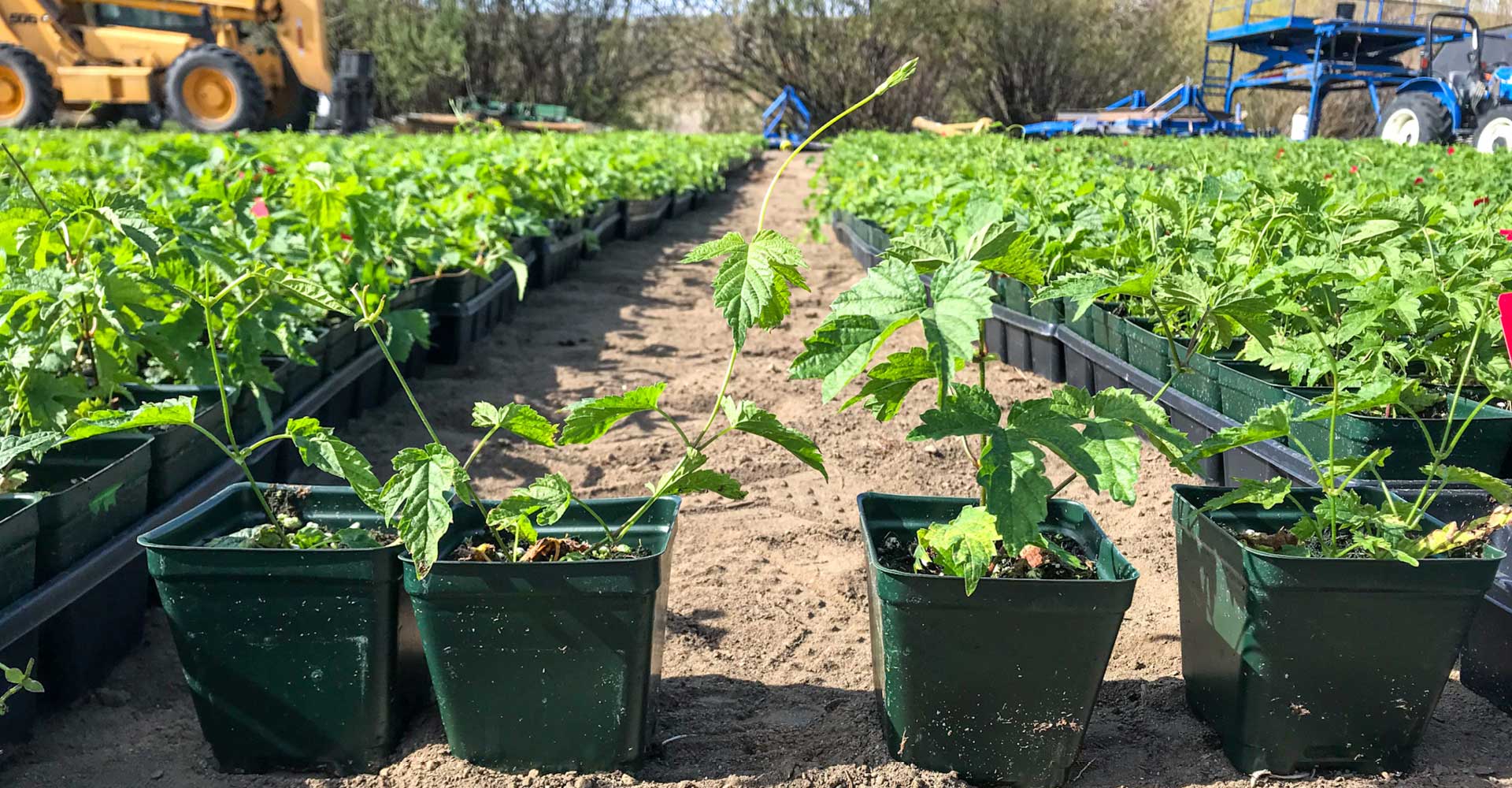
Hop growers face a tough decision every year: What do we plant? Claire Desmarais, sales and marketing manager for CLS Farms in Washington, explains how growers navigate the tricky supply and demand driven by brewers and drinkers.

Labs and brewers are only beginning to discover the potential benefits of bioengineered yeast strains, from improving the flavor and quality of the beer to quicker turnaround time and potential cost savings.
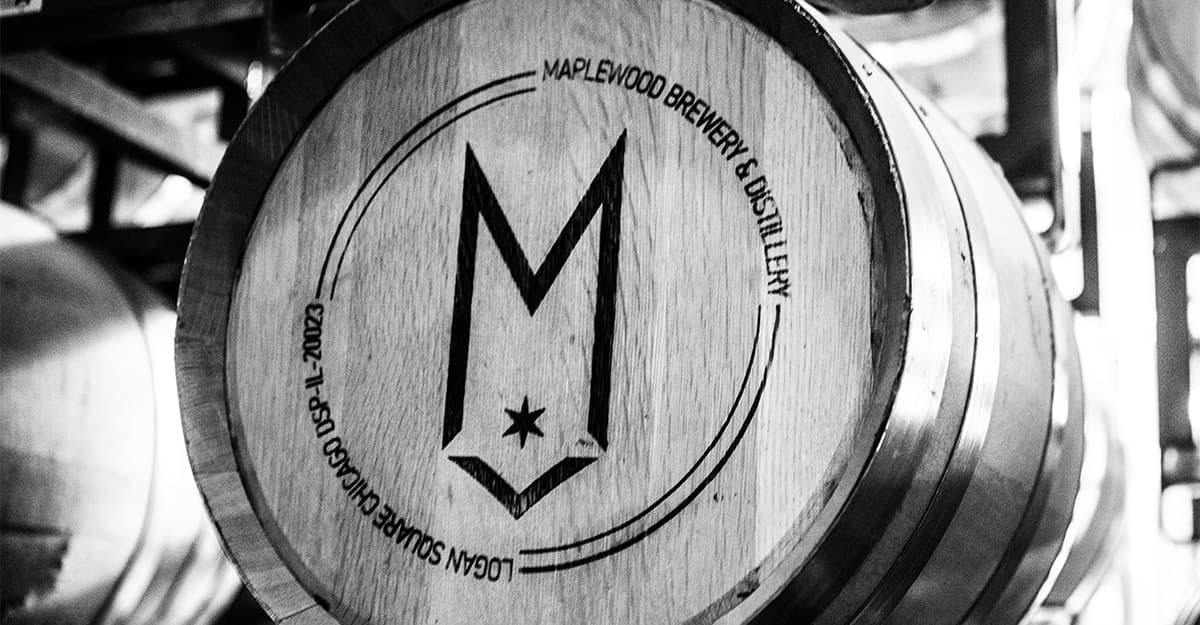
This hybrid brewery and distillery is igniting growth with a second location while staying true to the quality-focused principles that lit its spark.

Looking to widen their customer base, hybrid brewery-distilleries are getting into ready-to-drink canned cocktails.